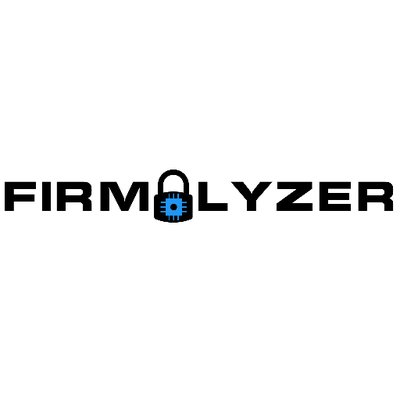Firmalyzer Iotvas is a leading provider of IoT analytics solutions that help organizations harness their IoT data for better decision-making.
Enhance your IoT insights with AI Agents that can automatically analyze data streams and take proactive actions.


Firmalyzer Iotvas delivers real-time IoT analytics and predictive insights. Relevance AI transforms this data into intelligent action through AI Agents that can monitor, analyze, and respond automatically.
Real-Time Insight Generation
The agent harnesses live IoT data to deliver immediate insights for timely decision-making.
Predictive Analytics Mastery
Utilizes advanced algorithms to foresee equipment failures, enhancing operational reliability.
Dynamic Resource Optimization
Automatically adjusts resource allocation based on real-time data for maximum efficiency.
Relevance AI gives you access to Firmalyzer Iotvas's IoT analytics capabilities within your AI-powered workflows.
What you’ll need
You don't need to be a developer to set up this integration. Follow this simple guide to get started:
- A Firmalyzer IoTVAS account
- An AI Integration platform with access to your analysis dashboard
- Authorization (you'll connect securely using API keys—no sensitive info stored manually)
Security & Reliability
The integration leverages secure OAuth authentication to ensure only authorized workflows can access your Firmalyzer IoTVAS data. Relevance AI manages API operations (GET, POST, PUT, DELETE, PATCH) behind the scenes—handling authentication headers and request formatting automatically.
Built-in request validation and response handling ensure reliable firmware analysis results, even with complex binary data.
No training on your data
Your data remains private and is never utilized for model training purposes.
Security first
We never store anything we don’t need to. The inputs or outputs of your tools are never stored.

Best Practices for Non-Technical Users
To get the most out of the Firmalyzer IoTVAS + Relevance AI integration without writing code:
- Configure API authentication: Ensure proper OAuth setup and permission scopes are enabled.
- Structure API requests: Use consistent request formats and include all required parameters.
- Monitor response handling: Implement proper error handling for API responses and status codes.
- Optimize request timing: Space out API calls appropriately to prevent rate limiting issues.
- Validate endpoints: Test API endpoints with sample data before implementing in production workflows.








